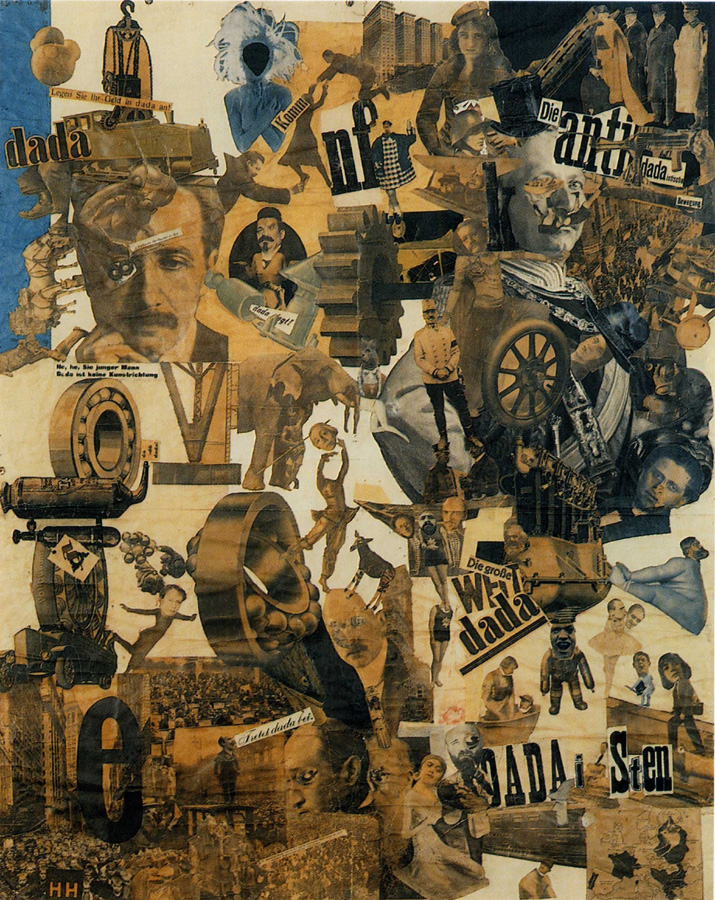
Tag Archives: history of design


Week 5: Bauhaus Shapes & Colour
The Little Red Dot? Where? All I see is a blue circle.
All Singaporeans should know that “the Little Red Dot” refers to Singapore. It is a nickname often used in the media, as a reference to Singapore. It refers to how the nation is depicted on many maps as a tiny red dot. The concept behind this piece is about Singapore, as a small country, being able to achieve immense growth throughout the years since independence in 1965. Today, this thriving city is the result of many generations’ of hard work.
Inspired by the Bauhaus art movement, I used the “ideal” colours of the square, triangle and circle to create a harmonious piece. The different shapes represent many different aspects of Singapore. When I explored the relationship between the colours and shapes, I felt that the red square looked rigid and intense, suitable for an aspect such as political power and political stability. The yellow triangle, looked warm yet edgy, which reminded me of how Singapore is uniquely multicultural and that this fusion has made the Singapore society and community exuberant. Lastly, the blue circle, which is the largest in proportion, represents the growth of Singapore, technologically and as a smart nation. Even though a circle may look dull, the blue gave it its vibrancy. Just like how Singapore may be a really small country, but it is developed and advanced for its size. Known for being a smart nation, I felt blue was the most suitable colour; a colour of intelligence, wisdom and trust. Rather than keeping the shapes straight, I arranged and intersected them, representing the harmonious, good balance in all aspects Singapore has. Regardless of being recognised as a “red dot”, this country is definitely more than just that.

Week 4: DADA
“CHOPE”
This is the Dada poster which I have created using a collage technique and typography. In this piece, there is no perfect sense as to why those objects were chosen or placed where they are. I used an element of chance to determine the placement and as for the objects, they were the first few things in my mind when I thought of “Singapore”. Some of them randomly appeared in my google search while I was searching for those in mind and I included them in as well. The essence of this piece is about the extent of absurdity Singapore’s “Chope” culture is and I wanted to show this through my poster using the nonsensical, satirical elements from Dadaism.
Chope
- (Singapore, informal) To reserve a place, such as a seat in a fast food restaurant, sometimes by placing a packet of tissue paper on it. (Definition by Wiktionary)
Singaporeans, known for being “kiasu” (translation: scared to lose) and living in an extremely fast-paced city, can literally chope anything or do anything so as to be the first. For example, Singaporeans can queue HOURS for the gongcha bubble tea, or rush and snatch for anything that’s free. The way that our people live, is in such a way where we “cannot lose out” and must excel in every aspect (or for many people). Although these traits are unique to Singaporeans, I do feel that it also reveals the negative side of society when it is to the extreme. Nonetheless, I think it is quite funny how people use satire to respond to this culture and how we all culturally understand “chope” as Singaporeans.
PROCESS
Attempts using an element of chance.
2nd GIF was a fail though.
ABCD (Self-portrait) A photomontage from 1923–24 by Raoul Hausmann (Left)
Cut with the Kitchen Knife Dada through the Beer-Belly of the Weimar Republic, 1919 by Hannah Höch (Right)
I was inspired by these two Dada artists. Many of their works are nonsensical and satirical; either towards the government, about the society or a certain issue. Hausmann is a founder member of the Berlin Dada group and portrayed satire and political protest in his works. He is known for his criticism through his art and I adored how he incorporated his message in his works. As for Hoch, her key themes are: political issues and the switch of gender roles and she is well known for her collaging technique.
References:
https://www.tate.org.uk/art/artworks/hausmann-the-art-critic-t01918
https://www.britannica.com/biography/Hannah-Hoch









